| |
DAISY XAVIER | AMARELLO'S MAGAZINE
24th October 2013
Daisy Xavier has her works shown in the magazine's 13th edition
Opening on Mar 22nd - Daisy Xavier
Daisy Xavier By Luisa Duarte “ The Archeology of Loss”, by Daisy Xavier, encapsulates a single formal and existential moment of time. After all, art is, generally, always just that. But there are cases in which this relationship with time is more manifest. This is one such moment. Xavier’s series of sculptures, entirely built from reclaimed antique furniture, is the result of a careful deconstruction of a piece of furniture embedded with memories. Memories that way have remained intact were it not for this fragmentation, which places everything in motion and leads us to unexpected destinations. The work is composed of pieces that are both strong and fragile; delicate, but solid in its entirely. Asymmetrical, like free-flowing script, but keenly aware of where it wants to go, or at least of where it wants to stop. In some of the pieces, carefully introduced blue glass creates a link between forms, while in others, it supports them – a support offered by glass, and element that carries with it and inherent threat of breaking. Each fragment – the leg of a table, the arm of a chair – leans carefully against another. The pieces would mean nothing alone, and together they unabashedly exhibit the depth of their precariousness, their need to stand up. All of these elements lend Daisy’s fragile work an unsuspected strength. Archeology, from the Ancient Greek arkhaiologia, or ancient lore, and from arkhaios, or logos, for speech and oration, is the study of past cultures and ways of life, uncovered from remaining material fragments. An artist develops their own archeology from personal fragments of feeling, which they transform into something altogether new. A familiar strangeness, a fiction based on our closest reality, which is reminiscent of the exact cycle we endure: deconstruction and reconstruction, a dynamic that can bring to life a place that was empty, lost. To construct an archeology of what has gone before is the chance to build a new today and a different future. It is about rewriting memory in your own terms, to recreate and fictionalize it. The singular beauty of Daisy Xavier’s work is that she can accomplish this without falling back on an illustrative or biographical narrative, but rather in pure form. Her work imbues us with a sense of hope and whispers in our ear; go on, go deconstruct and rebuild all that was lost or left behind. Do it on your awn terms. |
|
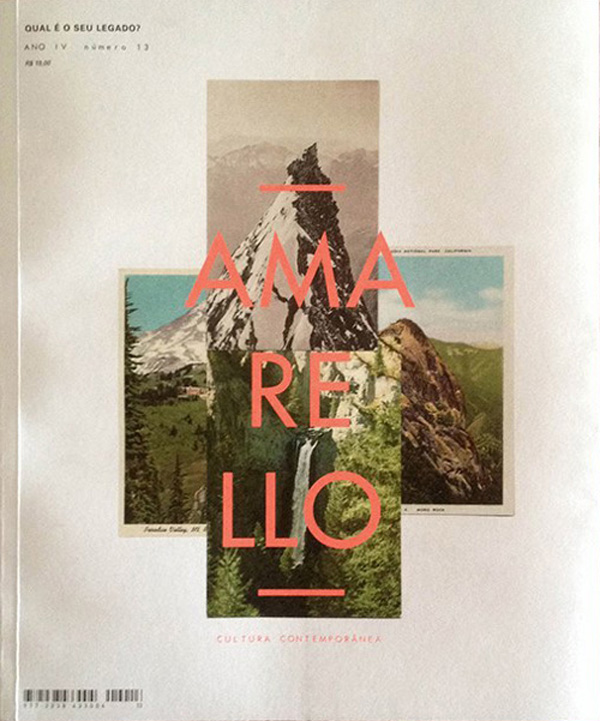
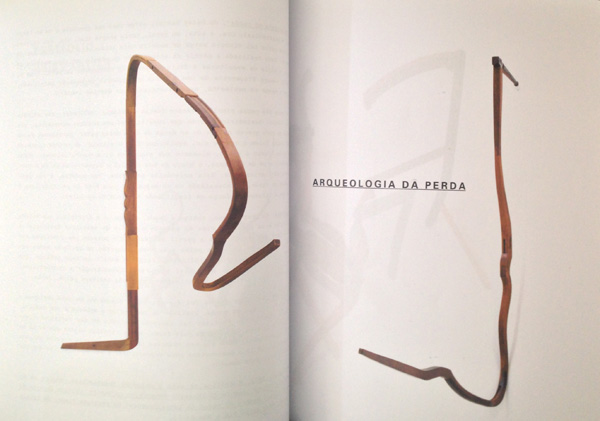
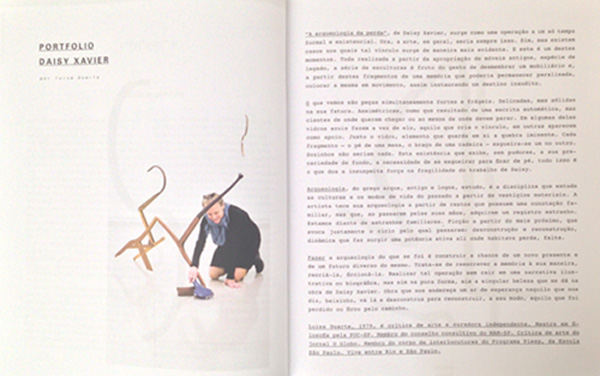
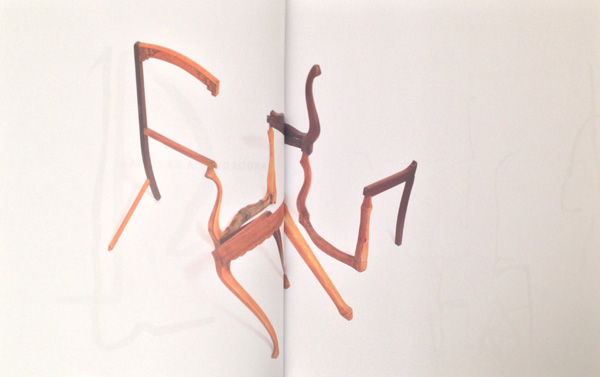
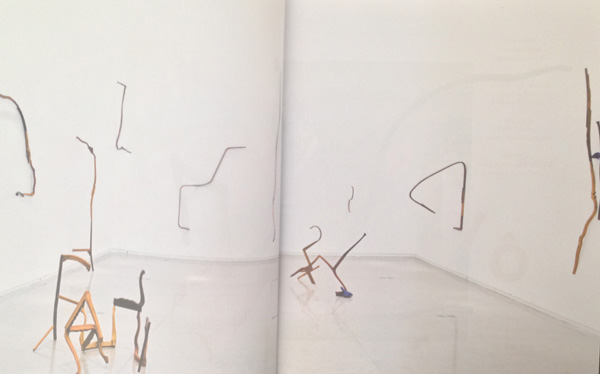
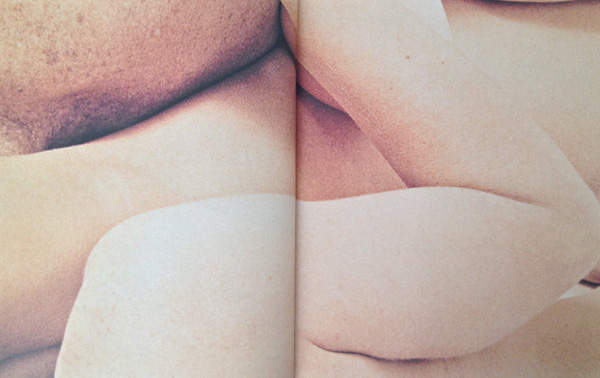
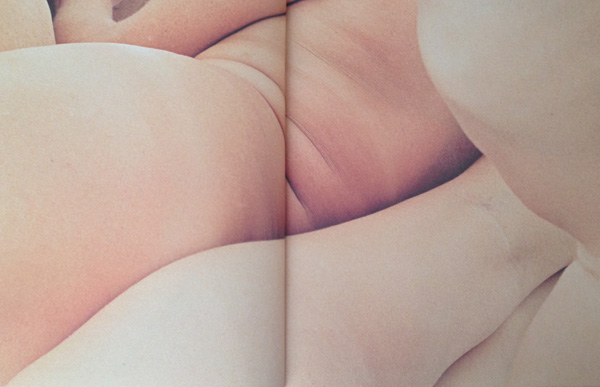
|